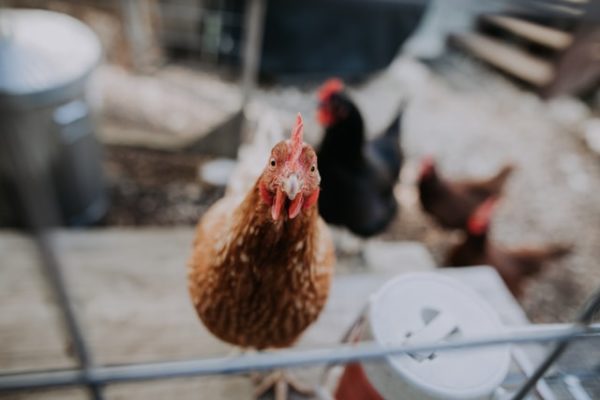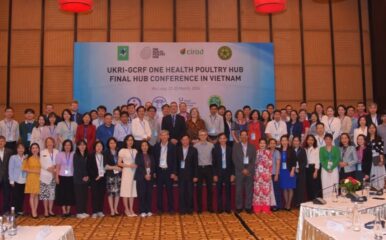
Latest genetic markers discovery will guide avian influenza surveillance
Published on 05/01/2021

Christin Hume/Unsplash
View this page in:
VietnameseHub partners have identified the genetic markers on avian influenza (‘bird flu’) viruses that could help the viruses to jump the species barrier and cause disease in people.
Co-investigators Professor Munir Iqbal and Dr Joshua Sealy, both of The Pirbright Institute, worked with scientists at Imperial College London, the University of Glasgow and The Francis Crick Institute, London, to show how the genetic traits of avian influenza H9N2 viruses influence their preference for infecting bird or human cells.
The paper detailing their findings, ‘Genetic determinants of receptor-binding preference and zoonotic potential of H9N2 avian influenza viruses’ is published in the Journal of Virology.
The research identifies genetic traits that alter a key H9N2 viral protein, called haemagglutinin, that makes it easier for the virus to recognise and bind to different cell receptors. This is the first step of viral infection, and the general inability of avian influenza viruses to effectively bind to human receptors is a major reason why they do not, in general, jump the species barrier to people.
However, given that human infections with H9N2 have been detected on an almost monthly basis since 2015, there may be a capacity for these viruses to evolve and gain the ability to efficiently target cellular receptors in people.
This latest discovery reveals which haemagglutinin properties of existing H9N2 strains allow them to bind to human receptors more effectively. These included small genetic differences as well as the overall structure and charge of the haemagglutinin protein. These findings will help guide future avian influenza surveillance by providing the genetic markers that signify the emergence of viruses with the potential to transmit to people.
There have been more than 60 cases recorded of people infected with H9N2 influenza viruses to date in 2020, all in countries where the virus is endemic. However, these viruses have not adapted to spread efficiently from person to person, a key element of a virus that has the potential to cause a pandemic.
Professor Iqbal and his team at The Pirbright Institute have previously described H9N2 viruses which showed a preference for human-like receptors.
Professor Iqbal said:
Understanding more about which traits increase the likelihood of H9N2 viruses jumping into humans help to identify viruses that could pose a future threat. Keeping an eye on viruses with these traits can help us to be prepared in the event that one of them evolves to pass between people rather than only from birds to humans.

